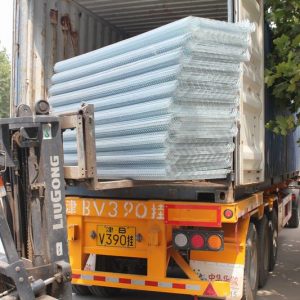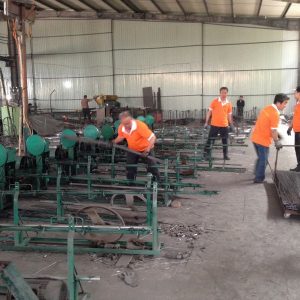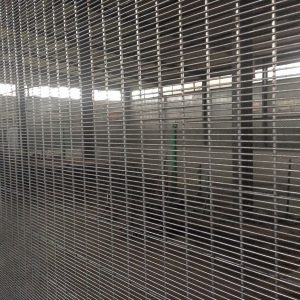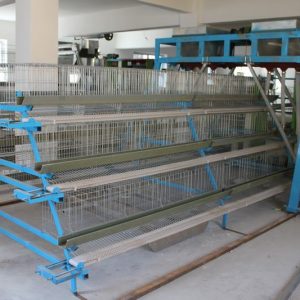
Winter chicken house disinfection technology
In winter, the temperature is low, and the chicken house is in a relatively closed environment because of its warmth, which will greatly increase the indoor carbon monoxide, carbon dioxide and inhalable particulate matter content. These harmful substances can cause irritating damage to the respiratory system of chickens, leading to a decrease in immunity, increasing the chance of suffering from respiratory diseases, and aggravating the symptoms of existing diseases and making it difficult to cure. The bacteria in the chicken house will become more threatening due to the decline of the chicken body’s resistance, so the purpose of disinfection is to kill pathogenic microorganisms in the environment.
When disinfecting the chicken house in winter, the dirt on the site and objects should be removed and cleaned, and then disinfected. Moreover, in winter, the ventilation and heat preservation of the chicken house are very important, and it is necessary to ensure that the temperature fluctuation range is not too large to reduce the stress of the chicken and prevent the chicken from catching a cold.
Key points of chicken house disinfection
The pathogenic bacteria accumulated during the chicken rearing period must be thoroughly cleaned up when the chicken leaves the empty house. The places with high levels of bacterial contamination in the chicken house are the bed surface where the chicken manure adheres and the cage of the caged chicken house. The wall and ceiling pollution is low, but do not give up when disinfecting. Therefore, a complete disinfection of the chicken house is necessary.
Wash thoroughly
Washing and washing the materials in the chicken house is the pre-stage work of the disinfection operation, which is very important because it is related to the disinfection effect. In recent years, a special high-pressure warm water washing machine must be used for cleaning, and the effect is very good. High-pressure and high-temperature water can easily peel off the adhesive and oily dirt on the bed surface, and dry quickly, thus shortening the working time.
Choice of disinfectant
It is impossible to disinfect various pathogens with only one disinfectant. Therefore, for general pathogenic bacteria and viruses, caustic alkali is used; for special pathogens (clostridium spores and cell-free special viruses such as liver disease viruses), chlorine series disinfectants are used; for coccidian oocysts , Then use oocyst-killing agents. The disinfectant adopts liquid or mist spray method, and the water consumption per cubic meter is about 1 liter. Spray the ceiling first, then spray the wall, then spray the bed frame.
Disinfection method
In winter, the sun is not very good and the air is relatively dry. Therefore, when choosing the disinfection method, we must consider the climate factor. Fumigation disinfection, spray disinfection, and ultraviolet disinfection can all be used.



